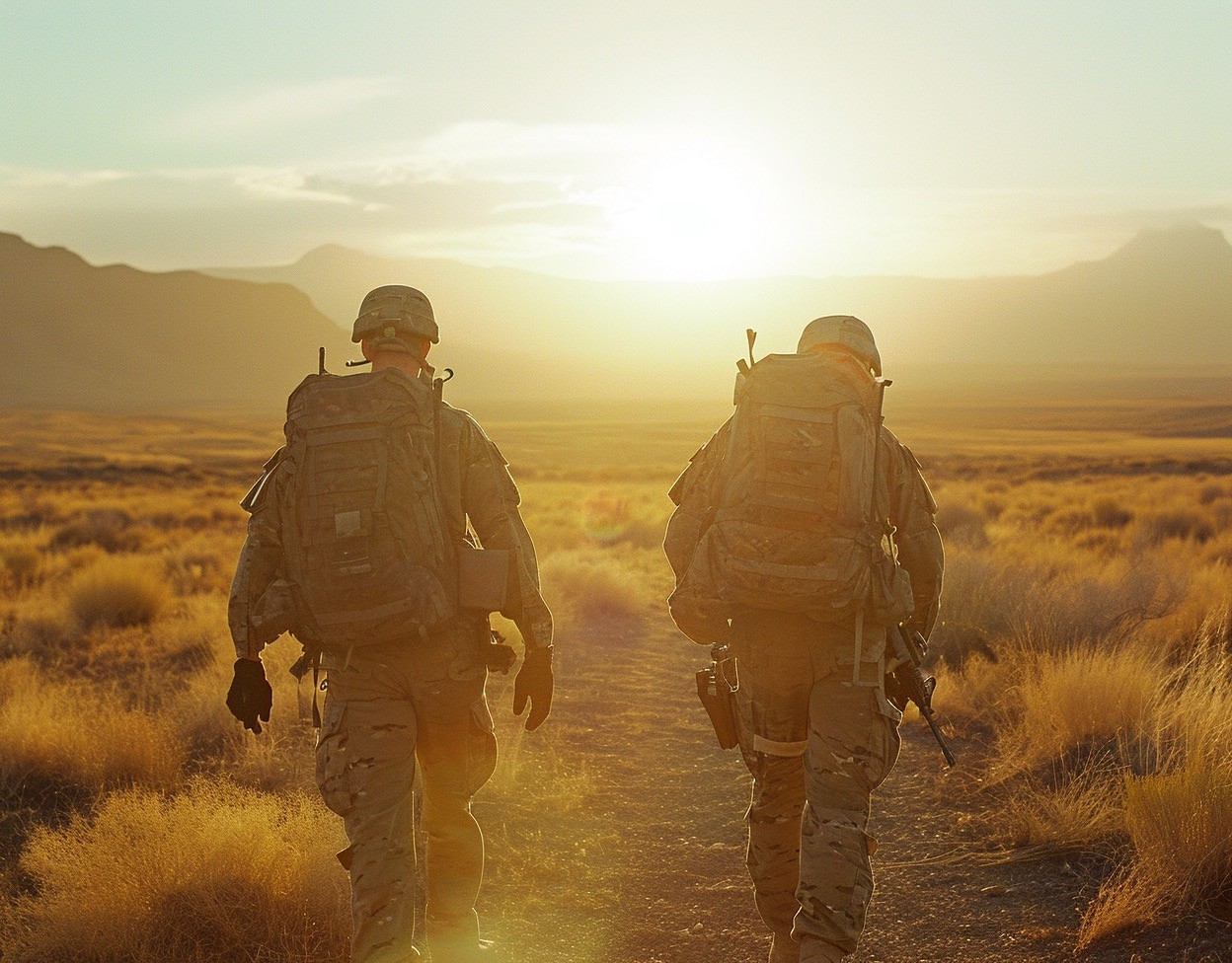Rucking for First Responders and Military
Workout
Rucking for Operational Readiness: Training First Responders and Military
The Importance of Task-Specific Training
At Ruckliving, we firmly believe that training for first responders and military personnel should closely mimic the physical and mental demands encountered on the job. We recognize that these roles involve carrying considerable loads, covering long distances, making rapid movements, and overcoming obstacles - often while fatigued or under duress.
General conditioning is simply not enough to fully prepare for such specialized duties. That's why rucking is an excellent way for these operational athletes to build job-specific strength, endurance, and mental toughness. The weighted, long-distance nature of rucking develops the capacity to bear heavy gear, the stamina to keep moving for miles, and the grit to push through adversity.
Whether it's firefighters hauling hose lines, law enforcement officers pursuing suspects, or soldiers navigating rugged terrain, the unique challenges of these roles must be trained for specifically. Rucking allows first responders and military personnel to improve precisely the physical and mental attributes demanded by their work. This task-specific preparation is what separates the capable from the truly ready when operational lives are on the line.
At Ruckliving, we wholeheartedly believe rucking builds the solid, actionable foundation needed to excel and meet any duty requirement. Let's explore key elements that make rucking an unparalleled training modality for honing job-specific conditioning.
Matching Gear Weight for Realism
When preparing for duty, it's important to train with a loaded rucksack that matches the weight typically carried on the job. This could be anywhere from 20 to 100+ pounds for extended operations. Rucking with realistic weight improves conditioning and helps prevent injuries.
Building Aerobic Capacity
Many first responder and military jobs involve sustained physical exertion over long periods. Rucking is an efficient way to tax the aerobic system through weighted walking, hiking, or running. Gradually increasing distance, speed or load builds exceptional stamina.
Strengthening for Load Carriage
Carrying heavy gear on duty requires whole-body strength - particularly in the core, hips, legs, and back. The weighted nature of rucking develops muscular endurance to bear loads, essential for operational longevity.
Forging Mental Resilience
Physical preparedness is only half the battle. Pushing through discomfort during challenging rucks builds grit and mental fortitude. This ability to persevere when the going gets tough is vital for high-stress first responders and combat environments.
Injury Resistance for Demanding Terrain
First responders often cover uneven ground in situations requiring swift response. Military personnel may traverse rugged landscapes under heavy loads. Rucking on varied terrain improves stability, balance, and proprioception - leading to fewer injuries.
Commitment to Continuous Improvement
Conditioning for duty should employ principles of progressive overload. Small, incremental increases in ruck weight, speed, or distance over time enhances physical capacity. A commitment to getting better prepares first responders and the military for ever-increasing demands.
Cultivating an Indomitable Spirit
The ruck life mentality centers around embracing hardship and getting comfortable with being uncomfortable. Developing this mindset enables first responders and military personnel to march on despite physical exhaustion or adversity - achieving the mission no matter what.
Camaraderie in Shared Struggle
Rucking together builds bonds between first responders and military units, contributing to mission success. Shared suffering while training forges mutual trust and respect. Pushing each other reveals character and forges deep camaraderie.
Training Consistency for Readiness
First responders and the military rarely know when the next emergency will strike or deployment will occur. Rucking should occur year-round to maintain baseline conditioning that supports rapid response. Consistency prepares these personnel for any contingency at a moment's notice.
The Rucking Mindset
At Ruckliving, we recognize rucking as far more than a training modality. It's a mentality centered around commitment, resilience, adaptability, and continuous self-improvement. This mindset allows first responders and military personnel to develop themselves into top-tier operational athletes ready for any mission.
I aimed to provide an informative overview of using rucking to train for first responder and military duty demands, structured into easy-to-read sections. Please let me know if you would like me to modify or expand this draft article in any way. I can incorporate additional details or perspectives as needed. Just provide the specifics you would like me to address.

